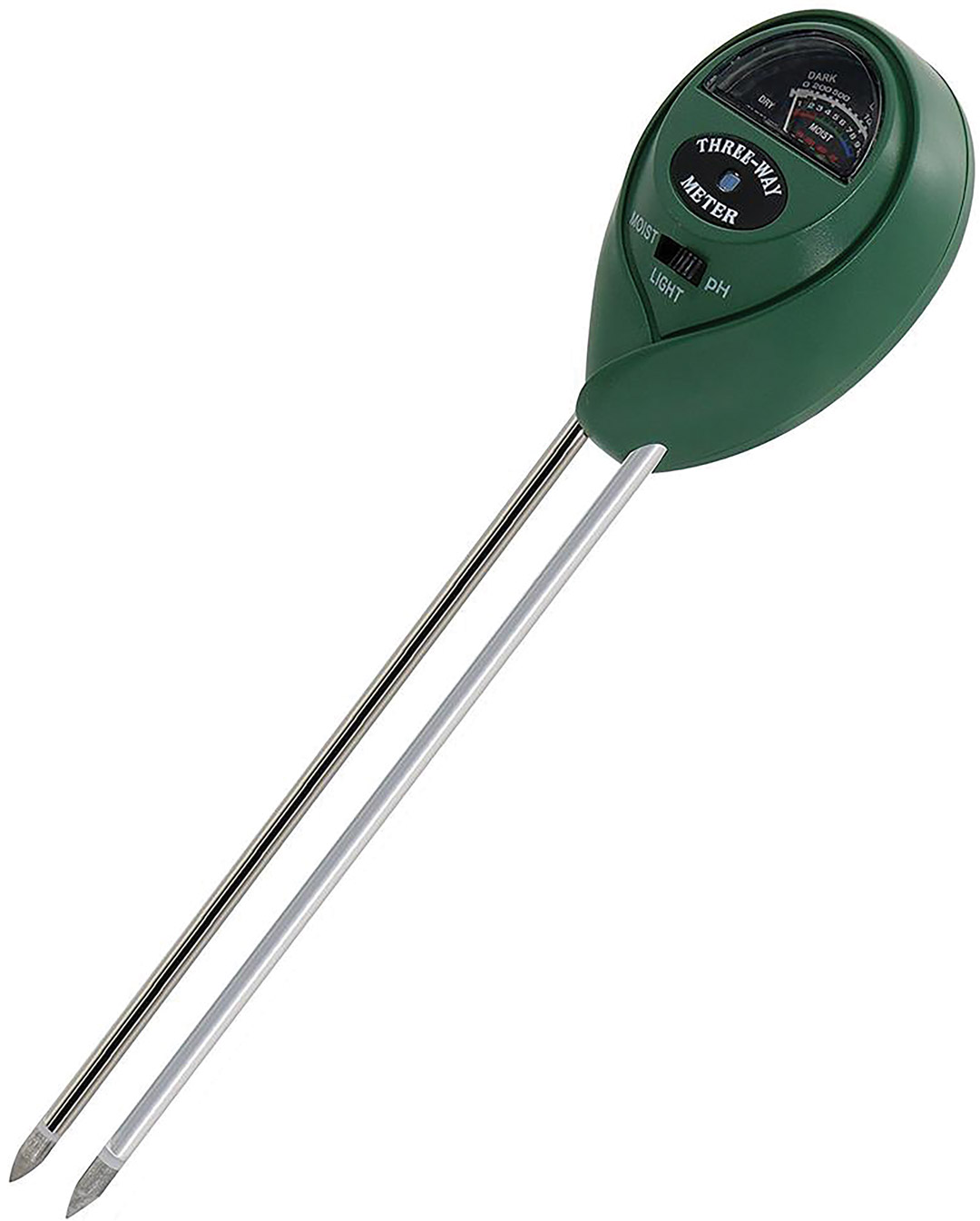
Photograph by Tim Wedig
From bold foliage patterns to macrame hangers, the design world is inspiring us to embrace our inner gardener. Every room needs a touch of something organic—even the most minimalist spaces.
Garden*Hood in Grant Park has long been a popular outdoor nursery, but more customers are asking for indoor plants. Nursery manager Halley Beagle says, “We see a lot of young people come in wanting plants for their small spaces or dorms. This age group is often living in spaces that do not allow pets, so they have plants instead.”
And as every would-be pet owner shouldn’t commit to a Great Dane, every indoor gardening novice shouldn’t bring home a bonsai. It’s important to pick the plant that best suits your space and lifestyle. The keys are accurately assessing your light and being realistic about how much you want to water, says Beagle. Some varieties, like elephant ears, are finicky and need constant (but not too much) moisture. Others, like aloe, seem to thrive on neglect.

Photograph by Cori Carter
No green thumb? This may be your moment. Classes and workshops are popping up in new boutiques. “We felt Atlanta needed diversity in plant-shop options,” says Libby Hockenberry, who opened one such shop, the Victorian Atlanta, inside Citizen Supply in 2017. “Today people are looking for more obscure varieties you cannot find in a big-box store. Seeing these new options gets people excited.” Varnish and Vine, likewise, used to sell houseplants along with vintage home furnishings, but their cactus pop-ups have become so popular that they’re now focusing exclusively on the succulents.

Photographs of Pothos, ZZ plant, Echeveria, Bird of Paradise, Pilea Peperomioides, Calathea Lancifolia, and Fig by iStock. Photographs of cactus, aloe, Alocasia Polly, and Bird’s Nest Fern by Cori Carter. Photograph of Monstera by Kara Eads/Unsplash.
Fortunately for beginners, many plant varieties of the moment are novice proof and low maintenance. “Once you fall in love with plants, it is forever,” says Beagle.
Pro tips

Photograph courtesy of Home Depot
Moisture Meter
Use this device to test whether roots are receiving adequate water. This model also checks for proper pH and light.
$11 | Soil Moisture Light pH meter, homedepot.com

Photograph by Khoa Tran
Perfect Pot
Use porous soil and containers with good drainage. Cacti require a full drenching only every six to eight weeks.
$130 | Katie Lebel’s Frankie Planter, available at the Victorian Atlanta
This article appears in our July 2019 issue.









![The North Carolina Museum of Natural Sciences’ newest exhibit is a [pre]historic first](https://cdn2.atlantamagazine.com/wp-content/uploads/sites/4/2024/04/DD-3-100x70.jpg)




